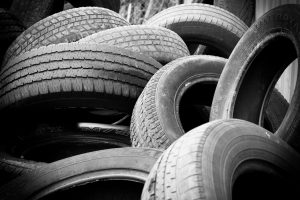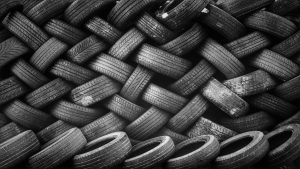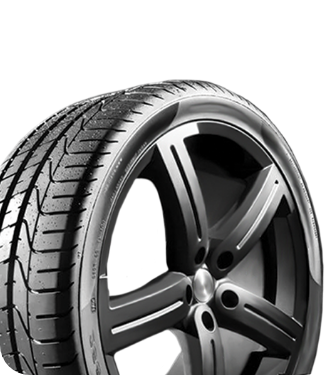

Debunked: 5 Common Tire Myths You Should Know
Tires |Not everyone is well-versed in how tires work, which can lead to confusion surrounding them. Some things that many would consider “common knowledge” are just myths that have spread through the public consciousness. This article will debunk some common tire myths you might have heard to ensure everyone is driving safely on the road.
MYTH: Two New Tires Should Go on the Front
It’s common not to replace every tire on your car at once. If you’re replacing two tires at a time, you might hear some people tell you to replace the front tires first. This dangerous advice might put you in hot water if you aren’t careful. Your rear tires must grip the road much more to keep your car stable during turns and bad road conditions. If you’re getting two new tires, put them to work as your rear wheels.
MYTH: The Right Tire Pressure Is Printed on the Tire Sidewall
You might see a few numbers embossed on the rubber on the side of your tire. Some believe this tells you the correct pressure your tire should be at. It tells you the maximum cold inflation pressure your tire can handle. This number is usually quite a bit higher than your tires’ recommended PSI.
MYTH: You Can Rely Solely on Your TPMS
Tire-Pressure Monitoring Systems (TPMS) can be valuable additions to any car, but you shouldn’t put all your faith in them. Just because your TPMS isn’t giving you a warning doesn’t mean your tires are safe. Most TPMS only notify you if a tire loses a quarter of its total pressure. The issue is that driving on low-pressure tires is dangerous far before this warning pops up.
MYTH: Tires Should Be Rotated Once a Year
While this is probably a good rule of thumb for those less knowledgeable about how vehicles work, it’s not good advice. On average, you want to rotate tires every 5,000 to 8,000 miles, or roughly once a year. If you drive more frequently, you’ll need more frequent tire rotations.
MYTH: Having Deep Treads Guarantees a Good Tire
The final common tire myth to debunk is that a deep tread on a tire always means it’s safe to use. The tire’s age can play a big part in whether it’s still useful. After several years, the rubber in tires can succumb to dry rot, making them unsafe to use on the road. Even if they haven’t seen a lot of use and have a deep tread, you still need to replace an old tire that shows signs of dry rot.
If you’re looking for quality tires in Corpus Christi, or need more information about them, contact us here at RNR Tire Express, and we’ll be glad to help you out.





